Viral Infections in Pregnancy – Part 1: CMV, Ebola Virus, Viral Hepatitis, HSV, and HIV
- Cytomegalovirus - Use of hyperimmune globulin and high-dose treatment with valacyclovir show promise for CMV infection in pregnancy.
- Ebola virus – No definitive treatment exists. Testing is ongoing using such agents such as brincidofovir and favipiravir. Other investigational agents include immune sera from survivors, TKM-Ebola (RNA interference), and ZMap (combination of three anti-Ebola monoclonal antibodies).A candidate vaccine cAd3-ZEBOV derived from chimpanzee adenovirus is currently under investigation.
- Hepatitis B - Tenofovir 200 mg PO from 32 weeks until delivery has been shown to reduce rates of perinatal transmission in patients with a high viral load (>1 million copies/mL).
- Herpes Simplex Virus – PCR detection of HSV DNA in amniotic fluid is most useful diagnostic test and has a rapid turnaround.
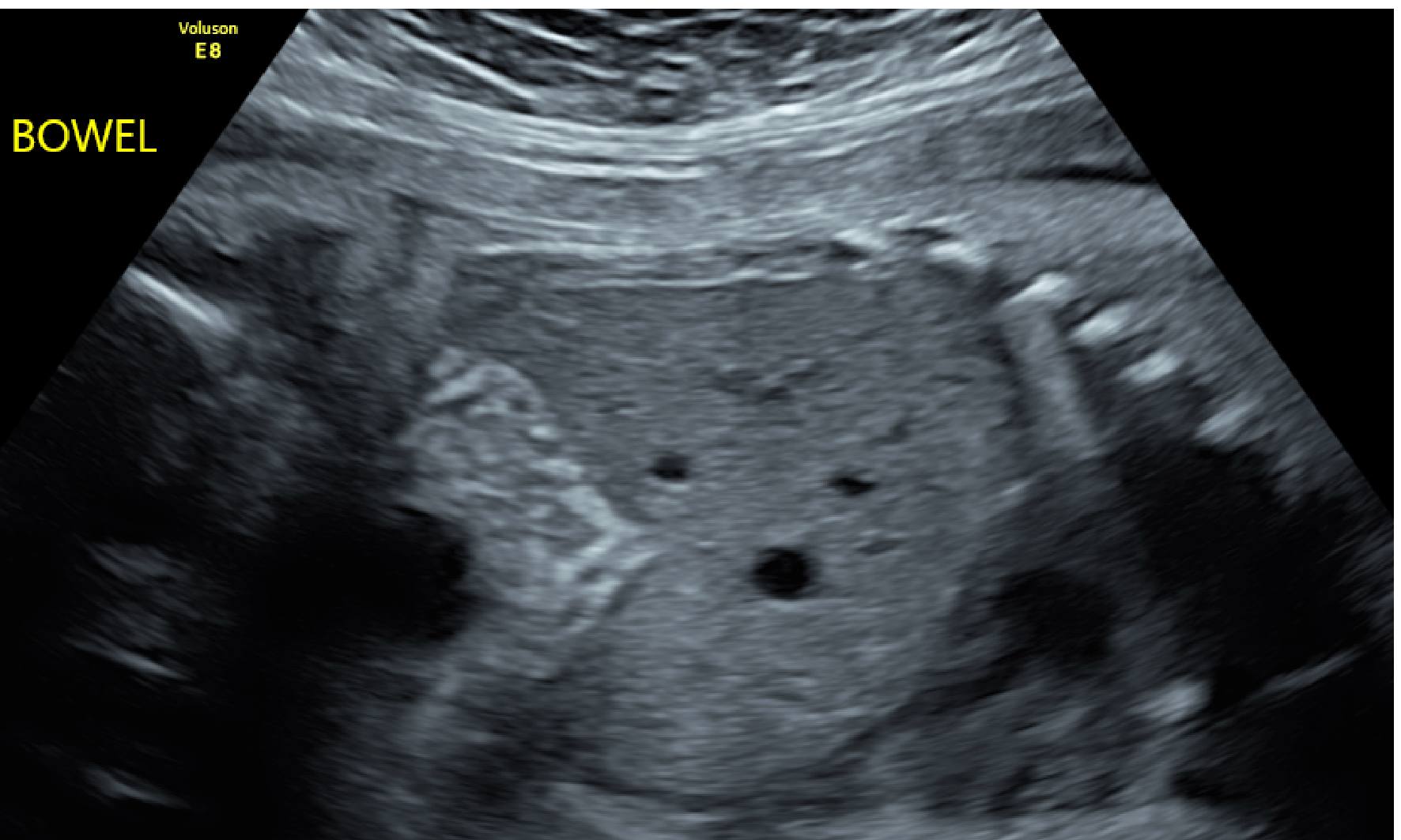
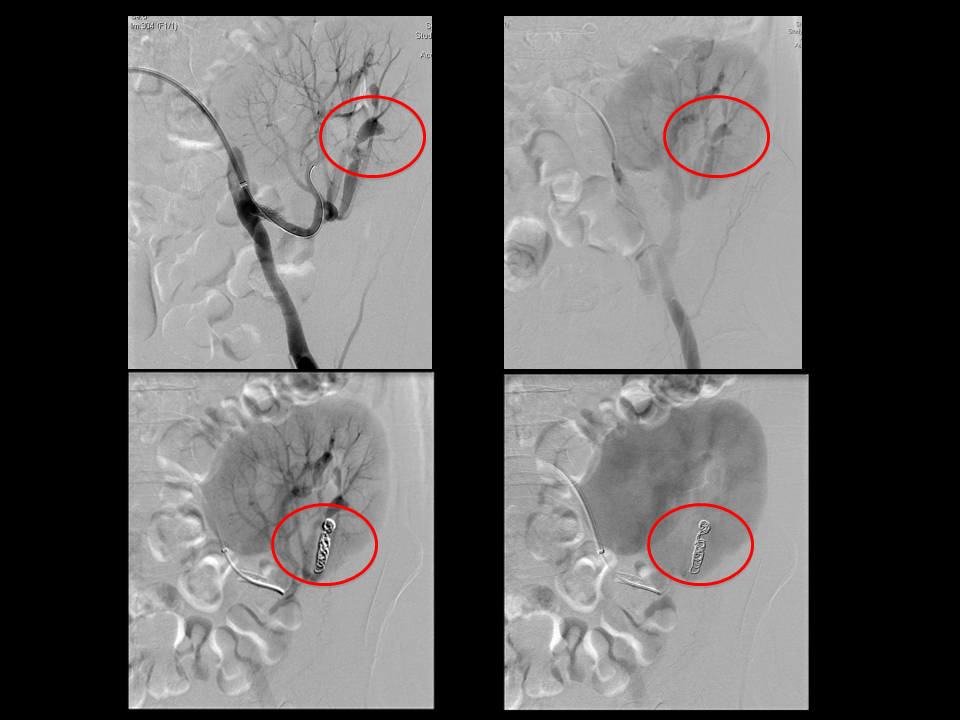
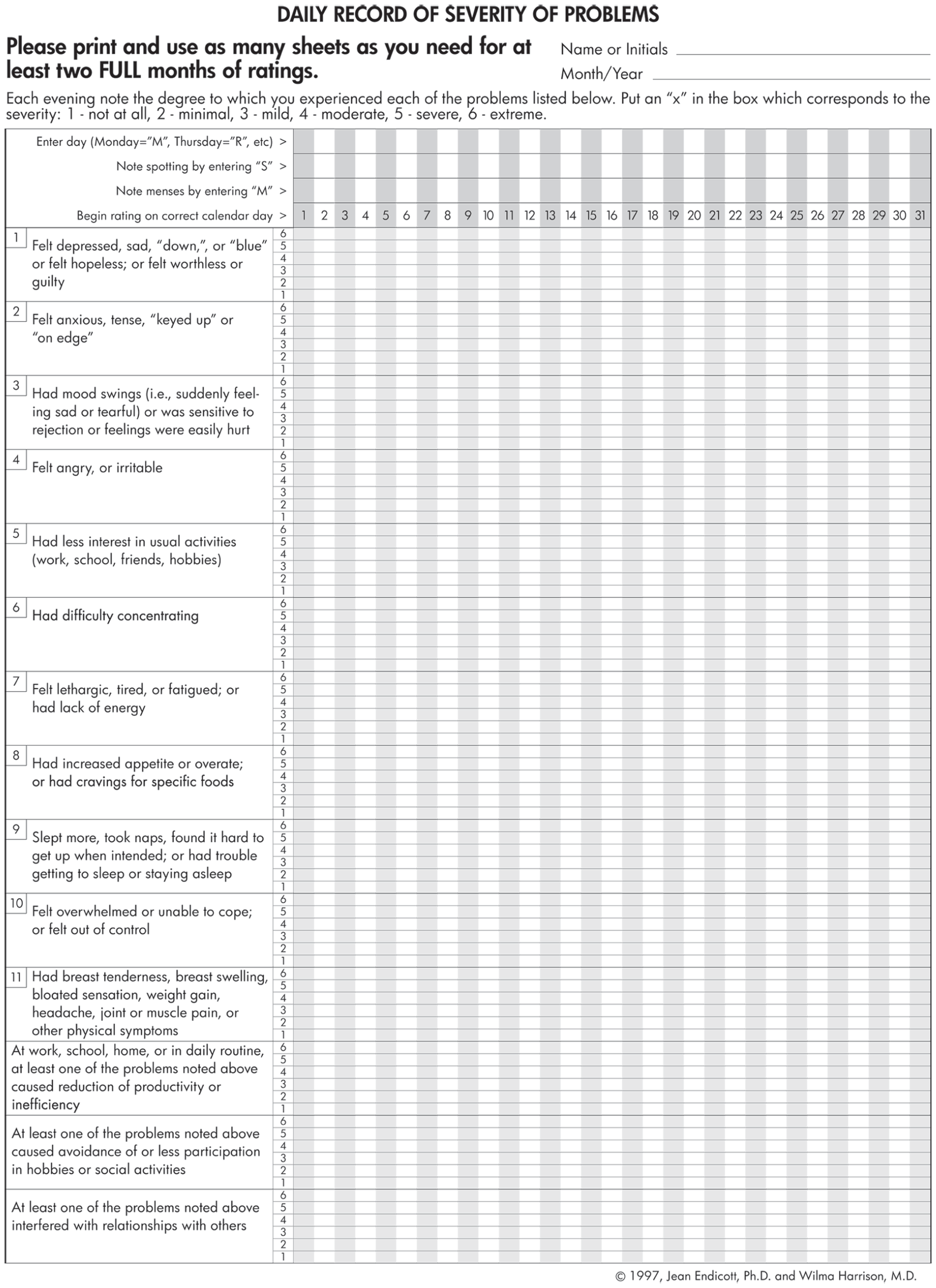
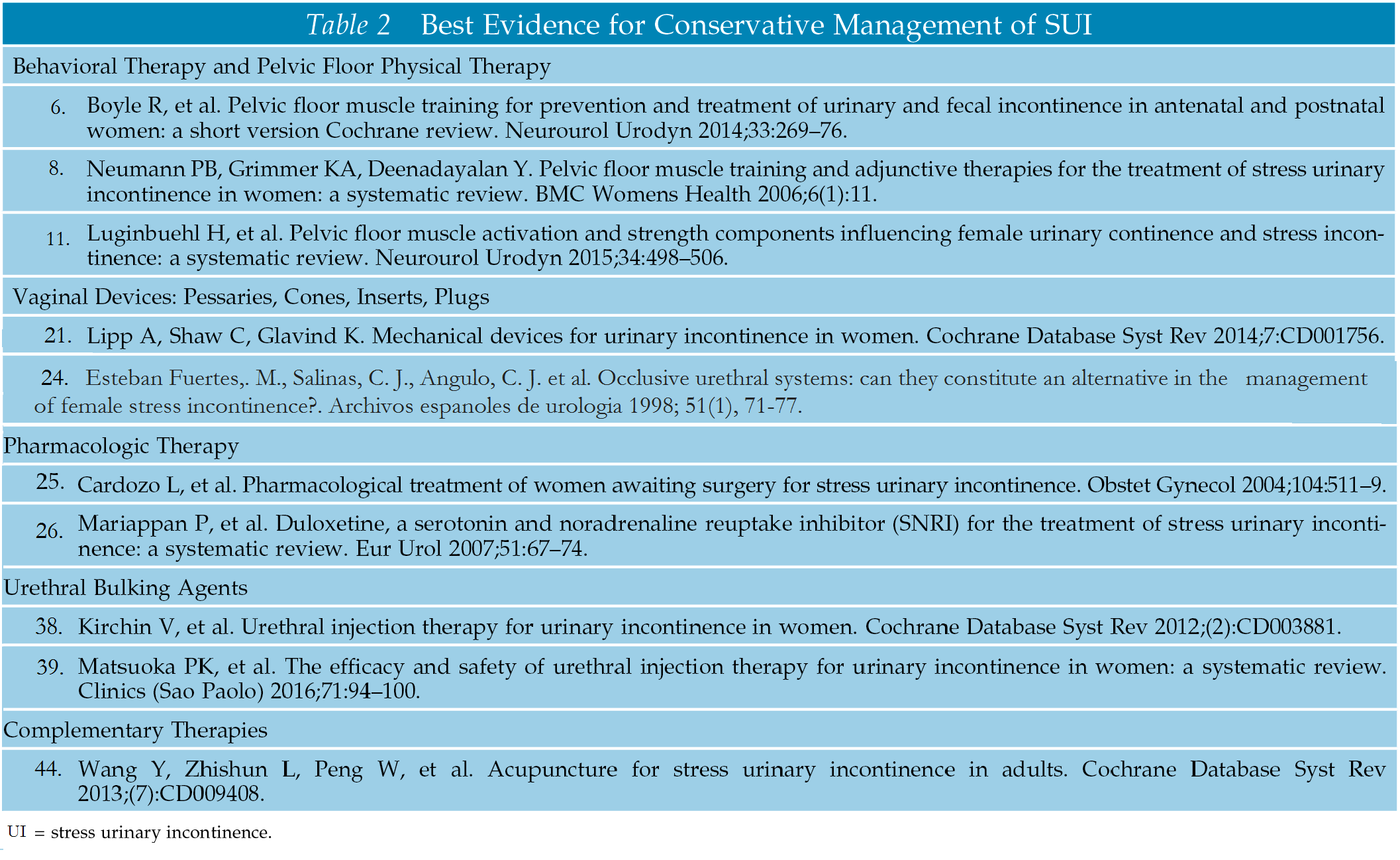
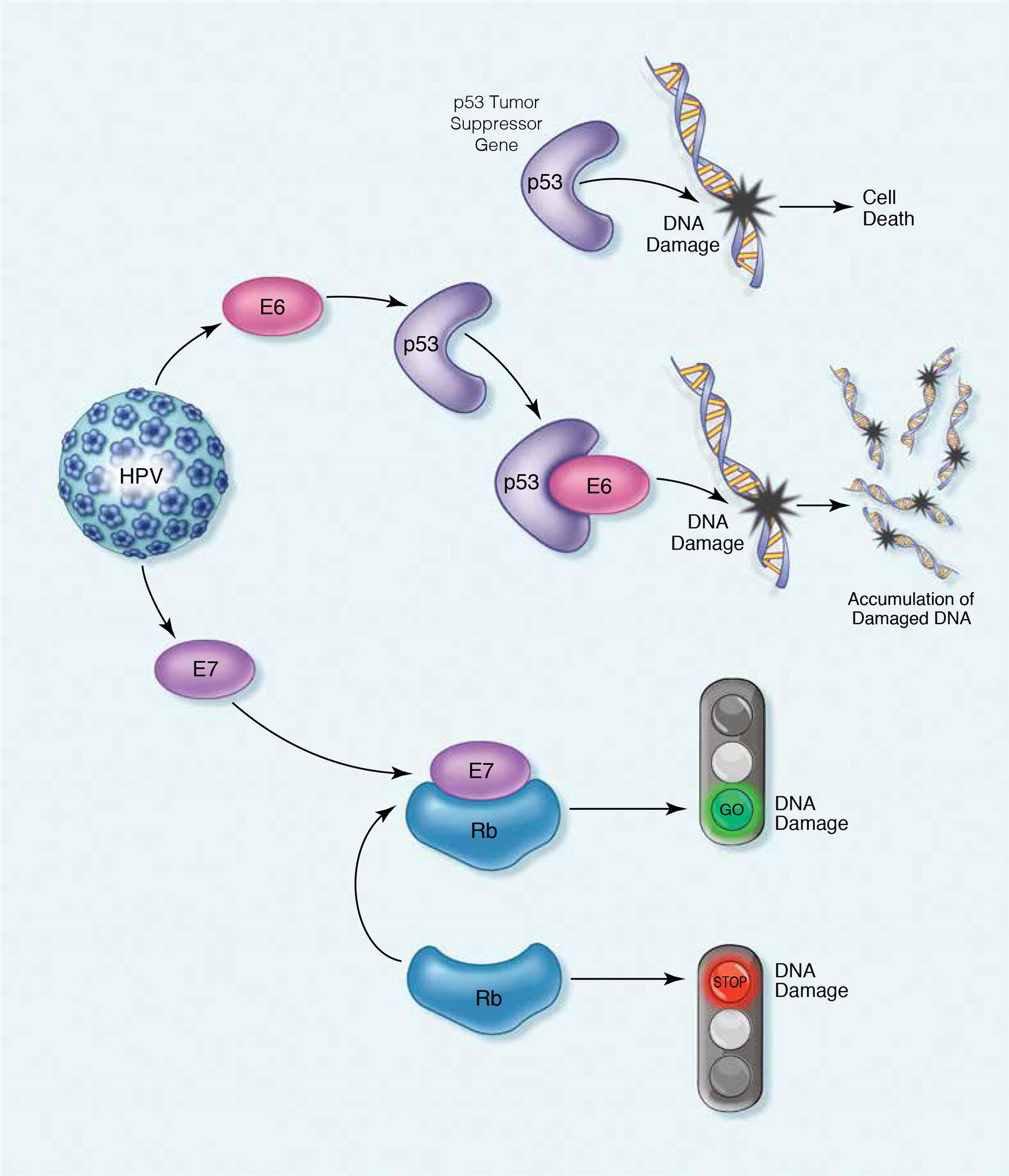
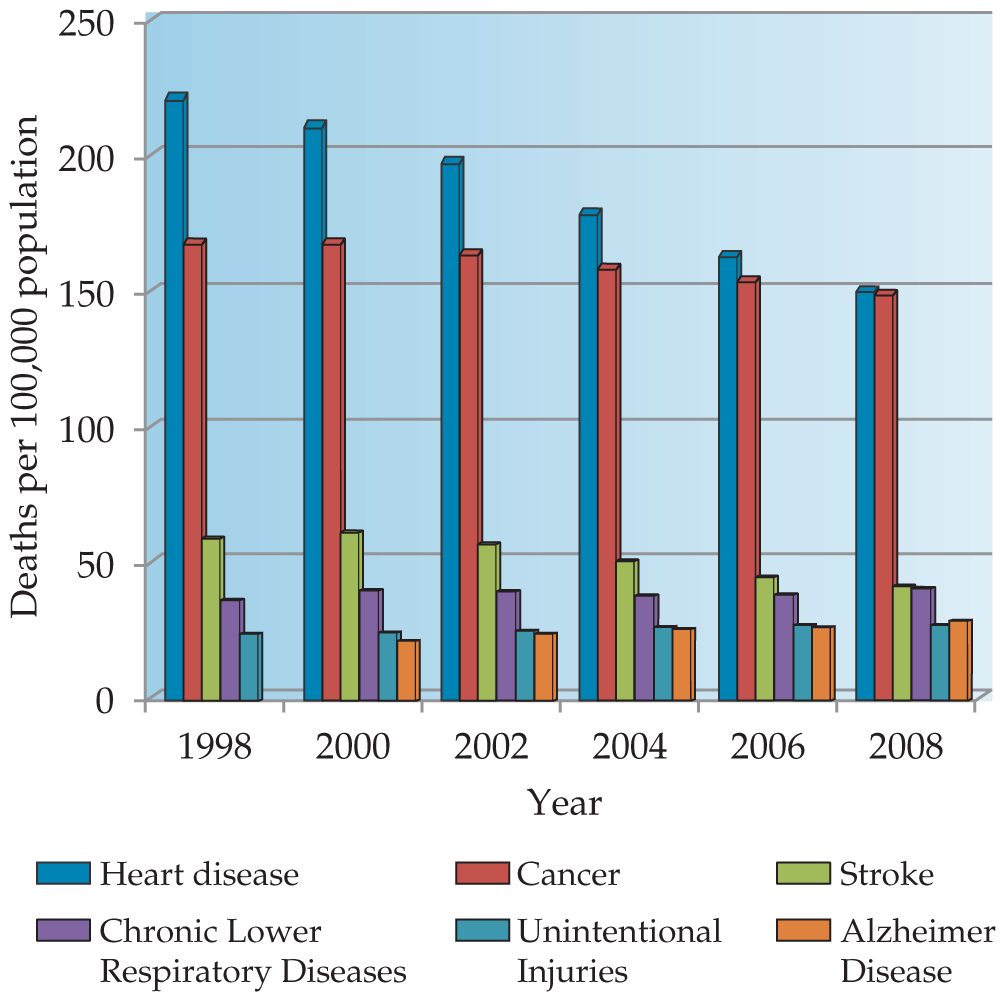


.png)







